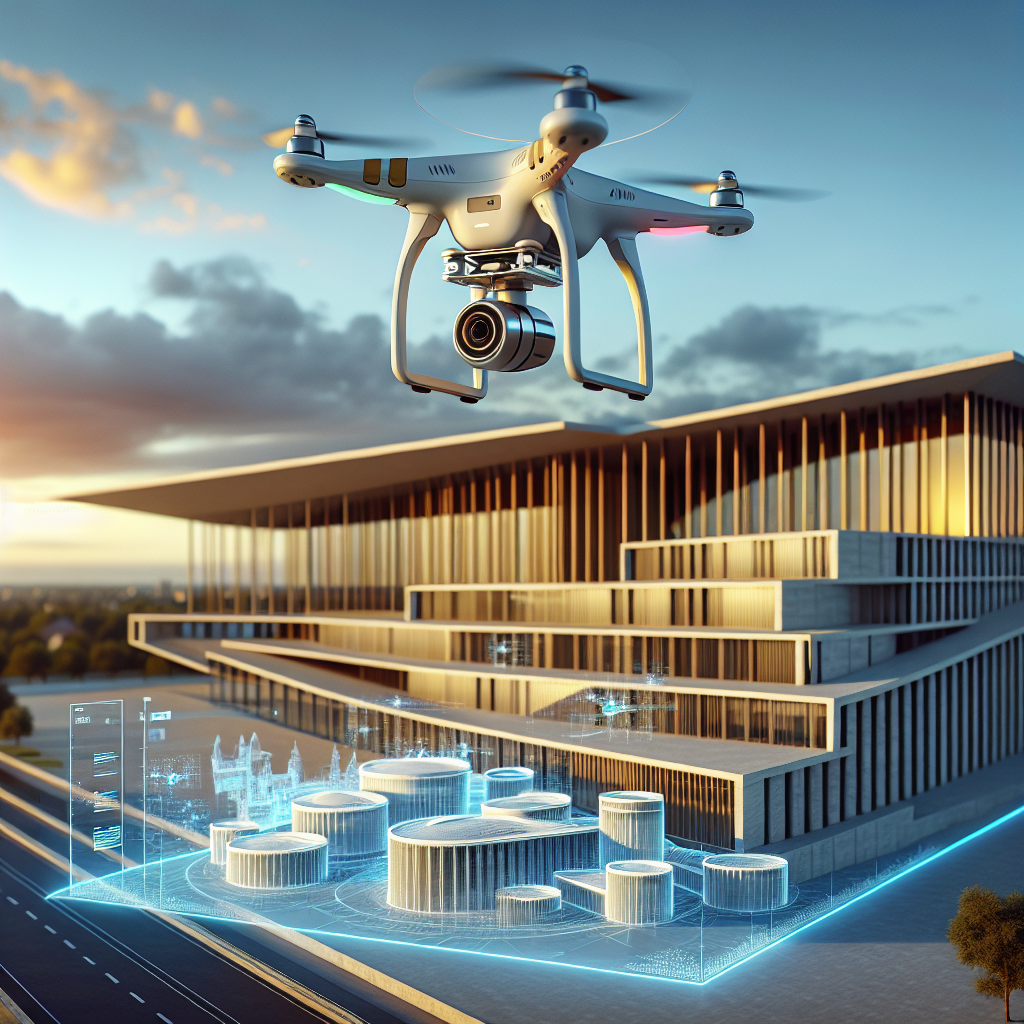In recent years, the use of Artificial Intelligence (AI) in architectural photography and visualization has become increasingly prevalent. From enhancing the quality of images to streamlining the design process, AI has revolutionized the way architects and designers showcase their work. In this article, we will explore the role of AI in architectural photography and visualization, as well as its impact on the industry.
Role of AI in Architectural Photography
AI has greatly improved the quality of architectural photography by providing tools and techniques that enhance images in various ways. One of the key areas where AI has made a significant impact is in image editing. AI-powered software can automatically adjust lighting, color, and contrast in photographs, resulting in more visually appealing images. This not only saves time for photographers but also ensures that the final images meet the desired aesthetic standards.
Another way AI is being used in architectural photography is through the creation of virtual tours. With AI-powered software, photographers can stitch together multiple images to create immersive 360-degree tours of buildings and spaces. This allows clients to experience the design and layout of a space in a more interactive way, leading to better communication and understanding between architects and their clients.
Furthermore, AI can also be used to analyze images and provide valuable insights. For example, AI algorithms can detect patterns and anomalies in photographs, helping architects identify potential design flaws or areas for improvement. This can be particularly useful during the design phase of a project, as architects can make informed decisions based on the analysis provided by AI.
Role of AI in Architectural Visualization
In addition to photography, AI has also played a significant role in architectural visualization. AI-powered software can generate realistic 3D renderings of buildings and spaces, allowing architects to visualize their designs in a more detailed and accurate way. This not only helps architects communicate their ideas more effectively but also enables clients to better understand and appreciate the design.
AI can also be used to automate the design process itself. By using generative design algorithms, architects can input parameters such as site conditions, budget constraints, and design preferences, and let the AI generate multiple design options that meet these criteria. This not only speeds up the design process but also provides architects with a wider range of design possibilities to choose from.
Furthermore, AI can be used to optimize building performance and sustainability. By analyzing data on factors such as energy usage, daylighting, and thermal comfort, AI algorithms can help architects design buildings that are more energy-efficient and environmentally friendly. This not only benefits the environment but also helps architects meet regulatory requirements and client expectations.
FAQs
Q: How does AI improve the quality of architectural images?
A: AI-powered software can automatically adjust lighting, color, and contrast in photographs, resulting in more visually appealing images. This saves time for photographers and ensures that the final images meet the desired aesthetic standards.
Q: How can AI be used to create virtual tours of buildings?
A: AI-powered software can stitch together multiple images to create immersive 360-degree tours of buildings and spaces. This allows clients to experience the design and layout of a space in a more interactive way.
Q: How does AI help architects visualize their designs?
A: AI-powered software can generate realistic 3D renderings of buildings and spaces, allowing architects to visualize their designs in a more detailed and accurate way. This helps architects communicate their ideas more effectively and enables clients to better understand the design.
Q: How can AI be used to optimize building performance and sustainability?
A: AI algorithms can analyze data on factors such as energy usage, daylighting, and thermal comfort to help architects design buildings that are more energy-efficient and environmentally friendly. This benefits the environment and helps architects meet regulatory requirements and client expectations.
In conclusion, the role of AI in architectural photography and visualization is instrumental in improving the quality of images, streamlining the design process, and enhancing the overall experience for architects and clients. As AI technology continues to advance, we can expect even more innovative applications in the field of architecture, ultimately leading to more efficient and sustainable design practices.

